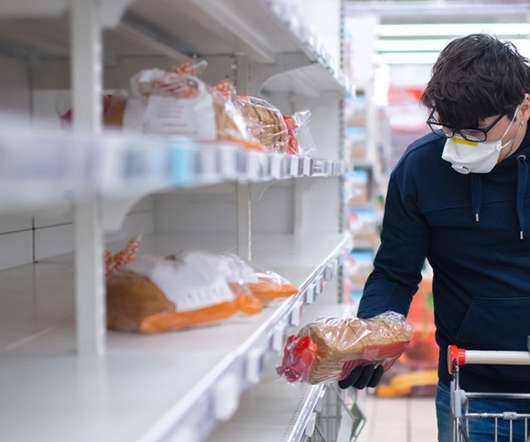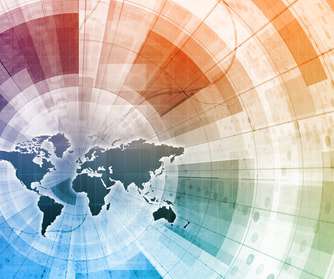Too Much Focus on E-Commerce Shipping Practices? The Important Reminder That Logistics Fundamentals Still Matter
GlobalTranz
SEPTEMBER 17, 2018
According to Eric Rice of Supply Chain 24/7, e-commerce growth in 2017 grew faster than it has since 2011. Unfortunately, e-commerce shipping practices, although different from traditional retail shipping, still fall short. What’s Wrong With E-Commerce Shipping Practices? What’s Wrong With E-Commerce Shipping Practices?

















Let's personalize your content